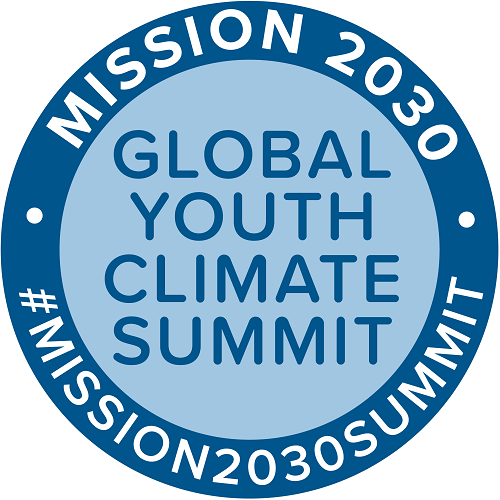Why 2030?
by David Houle
We here at This Spaceship Earth produced the first #Mission2030 Global Youth Climate Summit on May 3, 2021. So why the year 2030?
It has become clear that 2030 is the deadline we must meet to successfully address our climate crisis (to avoid the most damaging consequences). More and more experts in the field of climate science are agreeing on 2030 as the deadline by which we will have had to make the big changes in the way humanity lives on Spaceship Earth.
While I sensed this for most of this century, it was not until 2019, when I co-authored “Moving to a Finite Earth Economy – Crew Manual” that I realized that 2030 had to be the deadline for humanity. My co-author on this book was Bob Leonard, who has been with https://thisspaceshipearth.org/ since its inception in 2016, first as Director of Operations, and then Chief Content Officer.
In the 11 months it took us to research and write the book, Bob and I became fully convinced of several things relative to any timeline for successfully addressing our climate crisis:
- Most of the harmful climate trends were accelerating: the amount of annual GHG emissions was increasing, the speed of sea level rise [SLR] was accelerating, the number of species dying off was growing, and the amount of non-recycled waste was escalating.
- In spite of the above, humanity’s response to the crisis has been incremental at best, meaning the gap between our planetary reality (the amount of GHGs present in the atmosphere) and the response needed to curb it was increasing daily.
- The well-intentioned effort to be “carbon neutral by 2050” was a complete failure, in two regards. First (as suggested in #2) actions taken were nowhere near enough. Second, most of the proponents for 2050, those voting for it in council chambers, board rooms and legislatures, might not even be alive in 2050. It’s easy to kick the can down the road and commit to something 30 years in the future. The danger with this approach is that it makes the proponents appear to others as having accomplished something.
- The physics of the solution requires that total energy consumed globally must drop from 77% derived from extraction sources in 2018 to 30% by 2030, IF we want any type of human civilization by 2100.
- Continuing on our current course all but guarantees tipping points will be reached over the next few years. These tipping points will trigger feedback loops in our ecosphere that can cause a runaway hothouse effect. Many facets of our climate system are already acting as part of dangerous positive feedback loops – creating compounding climate conditions and worsening impacts.
The list could go on, but Bob and I realized that whatever humanity did, or did not do, in the 2020s, would be our last best hope to belatedly bring humanity’s relationship with Spaceship Earth back into a regenerative equilibrium. What we do now, in the 2020s, will shape the trajectory of our climate crisis for the rest of the 21st century.
This Spaceship Earth will produce Mission2030 Global Youth Climate Summits every year for the remainder of this decade.
Much more on this in future crew commentaries.

